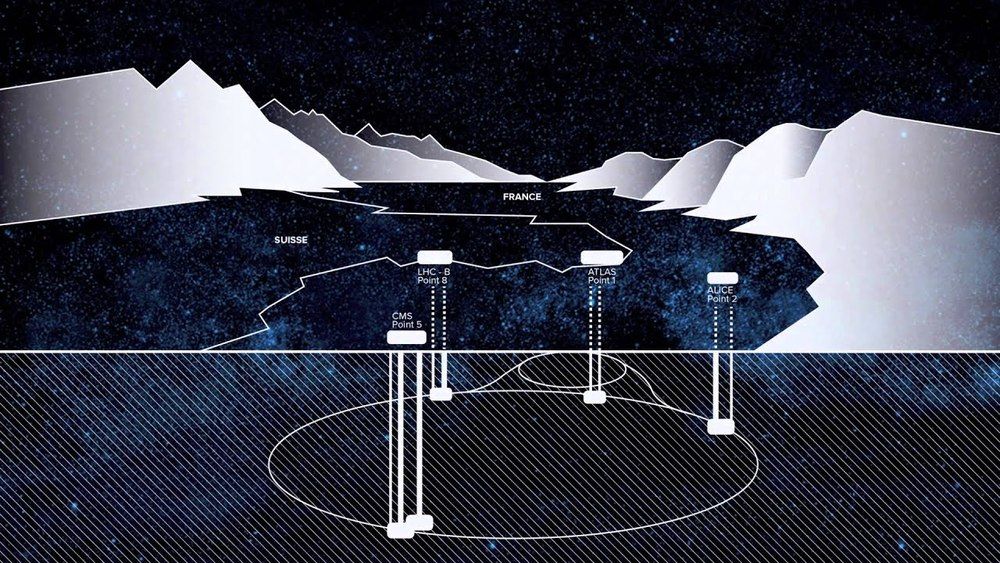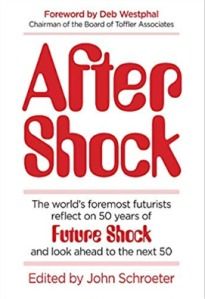Jan 19, 2020
FBI Takes Down Site With 12 Billion Stolen Records
Posted by Genevieve Klien in category: security
Turkey gets Wikipedia back, Mayor Pete loses his cyberguy, and more of the week’s top security news.
Turkey gets Wikipedia back, Mayor Pete loses his cyberguy, and more of the week’s top security news.
SpaceX completed its last major test before flying astronauts to space on Sunday, in a critical high-speed mission that lasted mere minutes.
Launched on top of a Falcon 9 rocket from NASA’s Kennedy Space Center, the company conducted a test of its Crew Dragon capsule called in-flight abort.
“Overall, as far as I can tell thus far, this was a picture perfect mission,” SpaceX CEO Elon Musk said in a press conference after the test. “I’m super fired up; this is great.”

Essentially a pocket lhc could make a perfect raygun.
What could possibly go wrong?
Continue reading “Large Hadron Collider gives young ALICE a black-hole ray gun” »
Nagoya University researchers say they have designed a laser diode that emits the shortest-wavelength ultraviolet light to-date, with potential applications in disinfection, dermatology, and DNA analyses.
Technology giant Amazon is working to allow customers to connect their credit card information to their hands, so that they can scan for purchases with their palms at checkout areas in physical stores, people familiar with the project told The Wall Street Journal.
While Amazon’s plan is in the early stages, the company has reportedly begun working with Visa on testing out the terminals, and has discussed the project with Mastercard, JPMorgan Chase, Wells Fargo and Synchrony Financial.
The company previously filed a patent for a “non-contact biometric identification system” that features a “hand scanner” to produce a picture of a person’s palm.
Then, we learned that AMD pushed out a new vBIOS to its AIB partners as a response to Nvidia’s price cuts on the RTX 2060 in what’s been a back and forth volley between the two companies at the $300 price point.
The new vBIOS ratchets up the TBP (Typical Board Power) to 160W, a 10W increase from the original 150W TBP. This in turn affords AMD’s board partners a higher margin for core and memory clocks. Which brings us to Sapphire, one of AMD’s premiere AIB partners.
As we previously reported, Sapphire’s RX 5600 XT Pulse is now boasting increased base and boost clocks of 1,615 MHz and 1,750 MHz, up from the previous 1,560 MHz and 1,620 MHz. The memory clock is now running at 14Gpbs effective, as opposed to 12Gpbs.
Indermit Gill predicts the dominant player for the age of artificial intelligence: the United States, China, or the European Union.

 The upcoming volume, After Shock, features 50 of the world’s most renowned futurists reflecting on the 50-year legacy of Alvin Toffler’s Future Shock, and looking ahead to the next 50 years. Seven of the contributors have been guests on Seeking Delphi ™ This is the first in a series of repeats of these podcasts, which wwill lead up to panel discussion with some of the authors, on the book and the Toffler legacy.
The upcoming volume, After Shock, features 50 of the world’s most renowned futurists reflecting on the 50-year legacy of Alvin Toffler’s Future Shock, and looking ahead to the next 50 years. Seven of the contributors have been guests on Seeking Delphi ™ This is the first in a series of repeats of these podcasts, which wwill lead up to panel discussion with some of the authors, on the book and the Toffler legacy.
Scientists have created the fastest spinning object ever made, taking them a big step closer to being able to measure the mysterious quantum forces at play inside ‘nothingness’.
The record-breaking object in question is a tiny piece of silica, capable of whipping around billions of times per second — creating sufficient sensitivity that the team think they’ll be able to use it to detect unfathomably small amounts of drag caused by the ‘friction’ within a vacuum.
The science of nothingness is quickly becoming a big deal in physics, as we strive to understand how the Universe operates at its very foundations.
A new ‘Data in Action’ ArcGIS Story Map at NASA’s Land Processes Distributed Active Archive Center (LP DAAC) maps deforestation in Cambodia using NASA Moderate Resolution Imaging Spectroradiometer (MODIS) Land Cover and Vegetation Continuous Fields datasets to highlight land cover changes.
The southeastern Asian country of Cambodia continues to struggle with extensive loss of its forests. In 2013, Dr. Matthew Hansen and colleagues found that Cambodia lost nearly 12,600 square kilometers of forest from 2000 to 2012. This ranked fifth worldwide for the time period (Hansen et al. 2013). Since 2012, Cambodia has continued to experience forest loss at alarming rates, loss that has extended even into the country’s national parks and protected areas. Large scale vegetation loss, or gains, can be monitored using Earth observation land data products derived from the Moderate Resolution Imaging Spectroradiometer (MODIS) instrument on-board the Terra satellite. Data products like these are archived and distributed free of charge by NASA’s LP DAAC.
